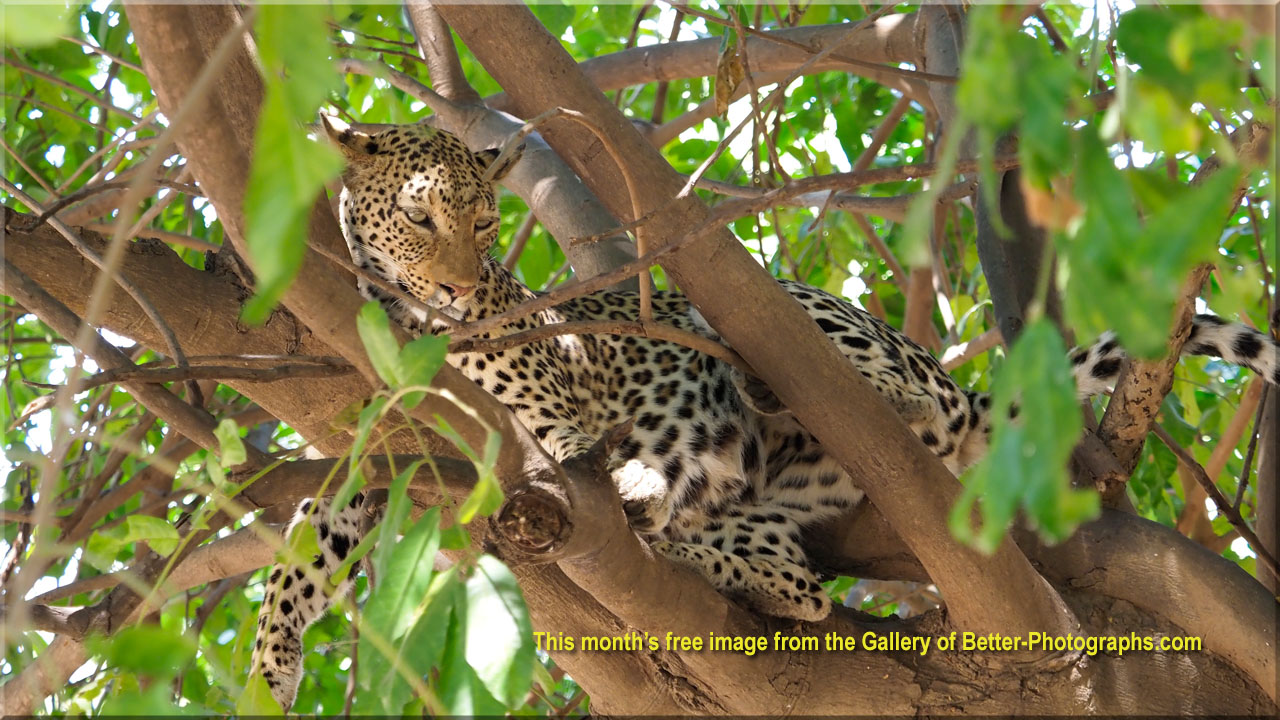
[?] Subscribe To This Site

Image of the Month
|
| December 2020 -
"Caught in Low Light" |
||||||
The
barn owl (Tyto alba) is the most widely distributed species of owl in
the world and one of the most widespread of all species of birds. It is
also known as the common barn owl, to distinguish it from the other
species in its family, Tytonidae, which forms one of the two main
lineages of living owls, the other being the typical owls (Strigidae).
The barn owl is found almost everywhere in the world except for the polar and desert regions, Asia north of the Himalayas, most of Indonesia, and some Pacific islands. One of the shots taken at the Hawk Conservancy in Hampshire to test the Olympus 300mm f4.0 PRO lens (Full Frame Equivalent 600mm). It was 3pm, pouring with rain, in a wood, light getting dimmer by the minute. ISO up to maximum, hand held in relatively low light (to test the 6EV Image Stabilisation as well as my shaky arthritic hands!) The Barn Owl obliged and all I can say is WOW. I would never have thought it possible, but here's the result. Full article at - https://www.better-photographs.com/birds-in-flight.html Promotions at - https://shop.olympus.eu/en_GB/index.html |
||||||
More from this photographer. |
free downloadable photographs ee downloadable photographs
| November 2020 -
"Autumn Cherry Blossom" |
||||||
More from this photographer. |
free downloadable photographs ee downloadable photographs
| October 2020 -
"Autumn Approaches" |
||||||
Rochdale Canal at
Hebden Bridge.
Artistic effects can be achieved using brushes in Photoshop and imagination. |
||||||
More from this photographer. |
free downloadable photographs ee downloadable photographs
| September 2020 -
"Clapper Bridge" |
||||||
A
clapper bridge is an ancient form of bridge found on the moors of Devon
(Dartmoor and Exmoor) and in other upland areas of the United Kingdom
including Snowdonia and Anglesey, Cumbria, Derbyshire, Yorkshire and
Lancashire. It is formed by large flat slabs of stone, often granite or
schist, supported on stone piers (across rivers), or resting on the
banks of streams.
Although often credited with prehistoric origin, most were erected in medieval times, and some in later centuries. They are often situated close to a ford where carts could cross. According to the Dartmoor National Park, the word 'clapper' derives ultimately from an Anglo-Saxon word, cleaca, meaning 'bridging the stepping stones'; the Oxford English Dictionary gives the intermediate Medieval Latin form clapus, claperius, "of Gaulish origin", with an initial meaning of "a pile of stones". |
||||||
More from this photographer. |
free downloadable photographs ee downloadable photographs
| August 2020 -
"Friends Abroad" |
||||||
The Brown-hooded
Kingfisher (Halcyon albiventris)
is a species of bird in the subfamily Halcyoninae, the tree kingfishers.
It has a brown head and blackish and turquoise wings. It is found in Sub-Saharan Africa, living in woodland, scrubland, forest edges, and also suburban areas. |
||||||
More from this photographer. |
free downloadable photographs ee downloadable photographs
| July 2020 -
"Lockdown Lessens" |
||||||
The African elephant
(Loxodonta) is a genus comprising two living elephant species, the
African bush elephant (L. africana) and the smaller African forest
elephant (L. cyclotis). Both are herbivores and live in groups. They
have grey skin and differ in the size of their ears and tusks, and in
the shape and size of their skulls.
Both species are listed as Vulnerable species on the IUCN Red List since 2004, and are threatened by habitat loss and fragmentation. Poaching for the illegal ivory trade is a threat in several range countries as well. Loxodonta is one of two existing genera of the family Elephantidae. The name refers to the lozenge-shaped enamel of their molar teeth. Fossil remains of Loxodonta species have been excavated in Africa, dating to the middle Pliocene. |
||||||
More from this photographer. |
free downloadable photographs
| June 2020 -
"Lockdown" |
||||||
Safe
at Home - We might be stuck at home for a while but we are safe and
there are plenty of photo opportunities in a garden, park or nearby
countryside.
|
||||||
More from this photographer. |
free downloadable photographs ee downloadable photographs
| May 2020 -
"Watching You" |
||||||
The
African leopard is the nominate subspecies of the leopard, native to
many countries in Africa. It is widely distributed in most of
sub-Saharan Africa, but the historical range has been fragmented in the
course of habitat conversion. Leopards have been recorded in North
Africa as well.
|
||||||
More from this photographer. |
free downloadable photographs ee downloadable photographs
| April 2020 -
"Happy Easter" |
||||||
More from this photographer. |
free downloadable photographs ee downloadable photographs
| March 2020 -
"Coracias caudatus" |
||||||
The lilac-breasted roller (Coracias caudatus) is an African member of the roller (or Coraciidae) family of birds. It is widely distributed in sub-Saharan Africa, and is a vagrant to the southern Arabian Peninsula. It prefers open woodland and savanna, and it is for the most part absent from treeless places. Usually found alone or in pairs, it perches conspicuously at the tops of trees, poles or other high vantage points from where it can spot insects, lizards, scorpions, snails, small birds and rodents moving about on the ground. Nesting takes place in a natural hole in a tree where a clutch of 2–4 eggs is laid, and incubated by both parents, who are extremely aggressive in defence of their nest, taking on raptors and other birds. During the breeding season the male will rise to a fair height (69 to 144 metres), descending in swoops and dives, while uttering harsh, discordant cries. The sexes are different in coloration, and juveniles lack the long tail streamers of adults. |
||||||
More from this photographer. |
free downloadable photographs ee downloadable photographs
| February 2020 -
"Sleepless in Zambia" |
||||||
The Luangwa River is one of the major tributaries of the Zambezi River, and one of the four biggest rivers of Zambia. The river generally floods in the rainy season (December to March) and then falls considerably in the dry season. It is one of the biggest unaltered rivers in Southern Africa and the 20,000 square miles (around 50,000 square kilometers) that make up the surrounding valley are home to abundant wildlife. |
||||||
More from this photographer. |
free downloadable photographs ee downloadable photographs
| January 2020 -
"Legless" |
||||||
The Eurasian blue tit (Cyanistes caeruleus) is a small passerine bird in the tit family, Paridae. It is easily recognisable by its blue and yellow plumage and small size. Eurasian blue tits, usually resident and non-migratory birds, are widespread and a common resident breeder throughout temperate and subarctic Europe and western Asia in deciduous or mixed woodlands with a high proportion of oak. They usually nest in tree holes, although they easily adapt to nest boxes where necessary. Their main rival for nests and in the search for food is the larger and more common great tit. |
||||||
More from this photographer. |
free downloadable photographs
You might want to subscribe to my Better
Photographs Blog. This RSS feed is a blog which will let you
know whenever any new or changed Web pages appear on this site. It also
keeps you up-to-date with other news and information that will help you
to achieve superb results.
Return from Image of the Month to Better Photographs home page.
 |
| Book of the Month |
 |
| Click here to read the review. |
| Find It |
 Custom Search
|
| All of the advice,
tutorials, masterclasses and ideas on this website are available to you
at no charge. Even so, its upkeep does incur costs. |
|
|
|
|
| If you feel
that the site has helped you then any contribution you make, however
small, would go towards its ongoing maintenance and development. Thanks for your help. |








































New! Comments
Have your say about what you just read! Leave me a comment in the box below.